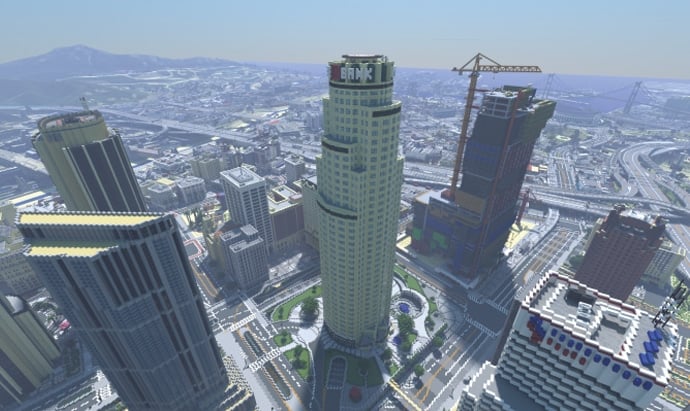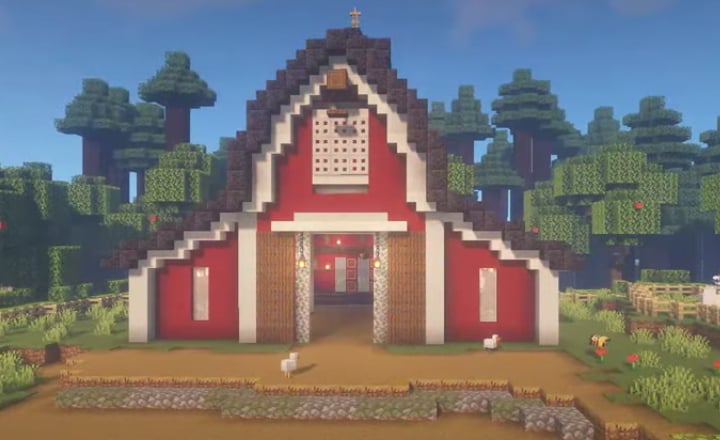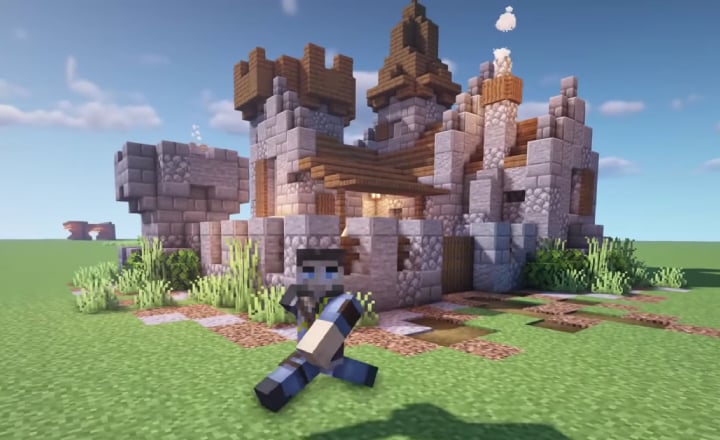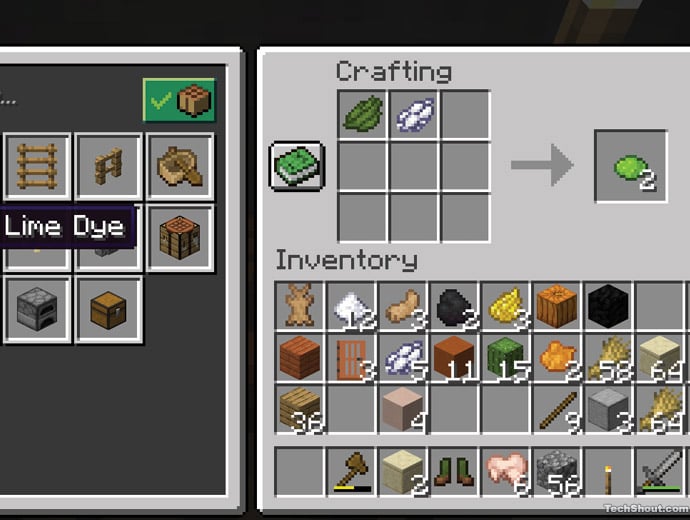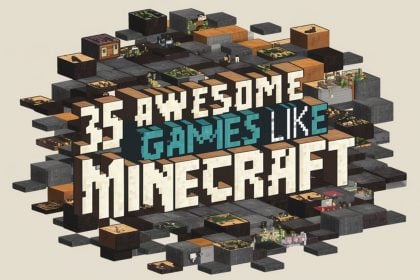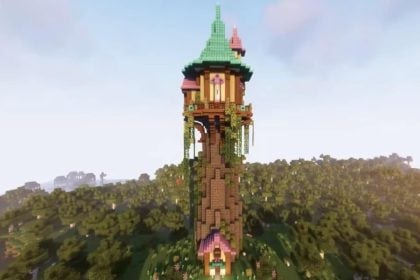In Minecraft, some of the best building materials include blocks like stone, wood, quartz, and concrete. These materials offer a wide range of versatility and aesthetics, allowing players to create impressive structures and designs.
Additionally, resources like water, obsidian and diamond can be used for more intricate details and functional elements within your builds. Experiment with different combinations to unleash your creativity and make your Minecraft homes, fortresses, palaces, barns and other builds truly stand out.
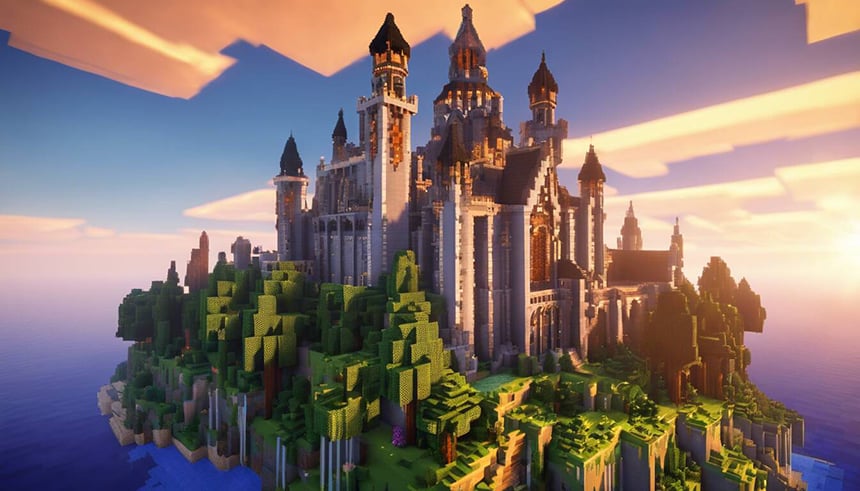
Overview of Top Crafting Materials in Minecraft
Minecraft is an expansive and creative world that offers players endless opportunities to build, explore, and survive. One of the key aspects of gameplay revolves around crafting, where players combine different materials to create tools, weapons, armor, and various structures. In this comprehensive guide, we will delve into the top crafting materials in Minecraft and explore their roles and significance within the game.
One essential material in Minecraft is wood. Obtained by chopping down trees, wood serves as a versatile building block for many structures. It can be crafted into planks, which are used as a foundation for various items such as chests, doors, and crafting tables. Wood comes in different types like oak, spruce, birch, jungle, acacia, and dark oak, each with its unique aesthetic appeal.
Another crucial material is stone which serves as a durable building material for structures such as walls, floors, and pathways. It can also be crafted into slabs, stairs, and bricks to add more variety to your builds.
Minecraft wouldn’t be complete without ores, which are essential for obtaining valuable resources such as iron, gold, diamonds, and redstone. These ores are scattered throughout the game world and can be mined using pickaxes. Each ore has its rarity and usefulness.
Moving on to more decorative elements, glass plays a vital role in adding aesthetics to any build. Created by smelting sand blocks in a Minecraft smelter, glass allows natural light to filter into your based while providing a transparent barrier. Colored glass can be made by combining glass blocks with dyes or crafted using stained glass panes.
Another notable material is obsidian, which is known for its extreme durability. Obsidian can be obtained by pouring water over lava source blocks, and it’s primarily used to construct Nether portals that transport players to the Nether dimension. Additionally, obsidian is used in enchanting tables and can withstand explosions.
What Are Crafting Materials in Minecraft?
Crafting materials in Minecraft are the fundamental elements that players collect and combine to create various items. These materials range from natural resources like wood, stone, and ores to more specialized items like dyes, feathers, and blaze rods. Understanding their properties and functions is crucial for successful gameplay and building impressive structures.
Each crafting material possesses unique characteristics that determine its usefulness and availability. Some materials, like wood, stone, and ores, can be found naturally throughout the game world or obtained through mining. Others may require specific actions such as killing animals for leather or defeating hostile mobs to obtain rare drops like Ender pearls or ghast tears.
Certain crafting materials have specific crafting recipes associated with them. These get unlocked and added to your in-game recipe book as soon as you obtain the required blocks.
Moreover, different types of crafting materials have varying rarities—some may be abundant and easily accessible, while others may require more effort or exploration to obtain.
Usefulness and Rarity
There is a vast array of crafting materials available for Minecraft players to gather and utilize in their building endeavors. Each material possesses its own unique properties, usefulness, and rarity, which makes understanding their characteristics essential for effective gameplay and construction.
Wood, being one of the most common materials, is highly useful for beginners due to its easy availability and ability to be crafted into various items such as tools, weapons, and basic structures.
Rarer materials like diamonds provide enhanced durability and efficiency for tools and armor, making them invaluable assets for advanced players seeking optimal performance.
Consider the utility of redstone, a peculiar resource found deep underground. While it may not possess immediate combat advantages like diamonds or obsidian do, its usefulness lies in the ability to create complex mechanisms using redstone circuitry.
This opens up a world of possibilities for creating intricate contraptions such as automatic doors, hidden passages, or even elaborate traps to safeguard your precious belongings.
Guide to Extracting Minecraft’s Basic Building Materials
In the vast world of Minecraft, gathering essential crafting materials is a crucial step towards constructing magnificent structures and surviving the elements. Three foundational materials that players often rely on are wood, stone, and metal.
While some crafting materials may require simple methods for extraction, others might demand specific techniques or tools to obtain efficiently.
Obtaining Wood: Wood is an integral resource in the game, serving as a foundational building material. To extract wood blocks, locate trees in various biomes and punch them with your bare hands, or use an axe. Once harvested, wooden logs can be crafted into planks for creating structures or essential tools.
For quicker wood gathering, consider crafting or finding an iron or diamond axe, as they allow you to chop down trees faster than with stone or wooden tools.
Mining Stone and Metal Ores: Stone is readily available and can be mined using any type of pickaxe. It serves as the foundation for many structures and can also be smelted into smooth stone or used to craft stone tools and weapons.
When delving deeper into caves, keep an eye out for valuable ores such as iron, gold, and diamonds. These ore blocks require specific pickaxes with corresponding material strength (such as an iron pickaxe for mining diamond, or a stone pickaxe for digging iron) in order to be obtained.
Metal ores like iron and gold must be smelted in furnaces before they can be utilized in crafting recipes. Locate these ores within underground mine shafts or deep caverns and mine them using appropriate pickaxes.
What to do with Wood, Stone, and Metal
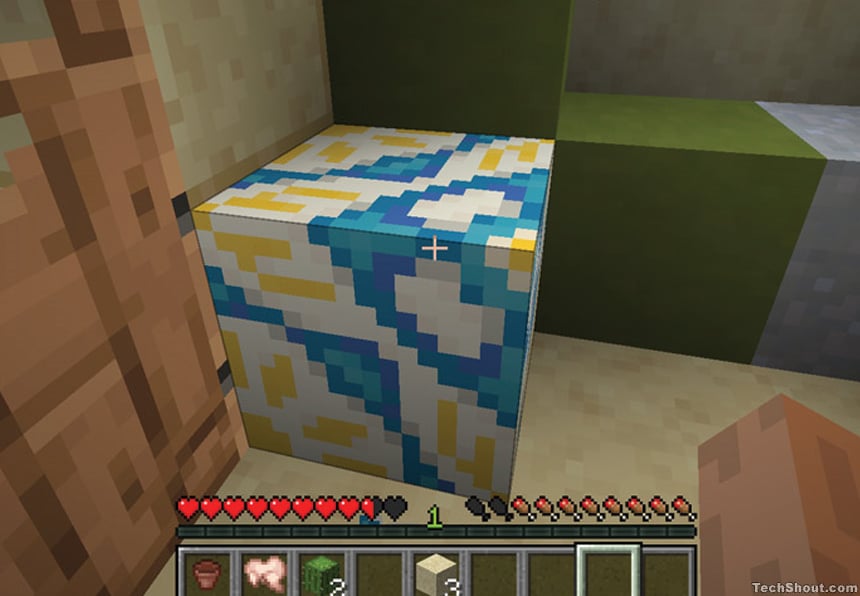
Wood blocks can be crafted into planks and sticks. These can be further transformed into doors, trapdoors and fences, for starters. Each type of wood offers unique aesthetic possibilities and strengths.
Take for example the cherry trees that were introduced in the Minecraft 1.20 Trails & Tales update in September 2023. You can make wooden structures with a pleasant pink hue with this new wood block. With the terracotta Minecraft recipe in hand, there’s no limit to the opportunity for creative designs that this game offers with merely clay and wood!
Can you imagine the possibilities with the dozens of other building blocks available in Minecraft?
But coming back to basics, another invaluable material in Minecraft is stone. Unlike wood that can be directly gathered from trees, stone requires a bit more effort. To acquire stone, you must mine blocks of stone with a pickaxe made of wood or stronger materials. Once mined, raw stones can be put into a furnace and transformed into smooth stones. These can serve as a sturdy foundation for your constructions or can be used decoratively for pathways or walls.
Lastly, let’s explore the realm of metal in Minecraft. Metal materials like iron and gold add durability and aesthetic appeal to your creations. Iron can be found easily in the open in gray, hilly areas as well as under your feet once you hit stone blocks, while you need to dig deeper for gold. You will also find all sorts of ores while raiding villages and shipwrecks in the game.
While mining, these metals are obtained in their ore form and need to be smelted in a furnace before they become usable. Iron ingots have a multitude of uses such as for crafting armor, tools, rails, and machinery in redstone circuits. Gold ingots are highly valued for their decorative purposes or for creating golden apples to cure zombie villagers.
Whether you’re building towering fortresses or intricate redstone contraptions, wood, stone, and metal lay the foundation for countless creative possibilities in Minecraft. So, grab your tools and venture forth into the pixelated world to collect these essential materials.
Crafting with Distinctive Minecraft Materials
Obsidian in Minecraft is known for its incredible durability. It is formed when water comes into contact with lava source blocks, often found underground or near lava-filled caves. Due to its exceptional resistance to explosions, obsidian is a key component for constructing Nether portals and creating impenetrable fortress defenses. However, mining obsidian requires a diamond or netherite pickaxe.
Redstone is another exceptional material that unleashes a new realm of possibilities in Minecraft. As redstone dust, it acts as a power source for building intricate contraptions and automated systems. Think of redstone as the electrical wiring of your creations; it enables you to create doors that open automatically, traps triggered by pressure plates, or even elaborate machines like piston elevators. Being able to harness the power of redstone is a game-changer for those after automation and complex mechanisms.
The pinnacle of prestige in Minecraft lies in diamonds. These rare gemstones can only be discovered deep within the earth by mining blocks at lower levels. Diamonds are incredibly valuable due to their unmatched strength and versatility. They can be transformed into powerful armor and weaponry that grants superior protection during battles with hostile mobs or other players. Moreover, diamond tools are highly efficient, allowing you to mine resources faster than their less durable counterparts.
Proper Use of Materials for Diverse Builds
When crafting a wide range of buildings in Minecraft, selecting the right materials is crucial to achieving the desired aesthetic and functionality. Let’s delve into some key considerations for using different materials effectively in diverse builds.
Firstly, wood is one of the most abundant resources in the game and provides a versatile foundation for various architectural styles. Light-colored woods like oak or birch lend themselves well to creating cozy cottages, while darker variants like spruce or dark oak evoke a sense of grandeur suited for majestic manors or medieval fortresses.
Stone is another fundamental building material that offers durability and structural integrity. Smooth stone or stone bricks serve as excellent choices for constructing sleek modern structures or sturdy castles. Cobblestone, on the other hand, lends itself well to rustic designs or fortress walls that exude a weathered appearance.
Imagine constructing a sprawling cityscape where towering skyscrapers made of smooth stone complement quaint cobblestone streets lined with bustling shops. By blending these materials, you can create a captivating dichotomy of old-world charm and contemporary vibrancy.



